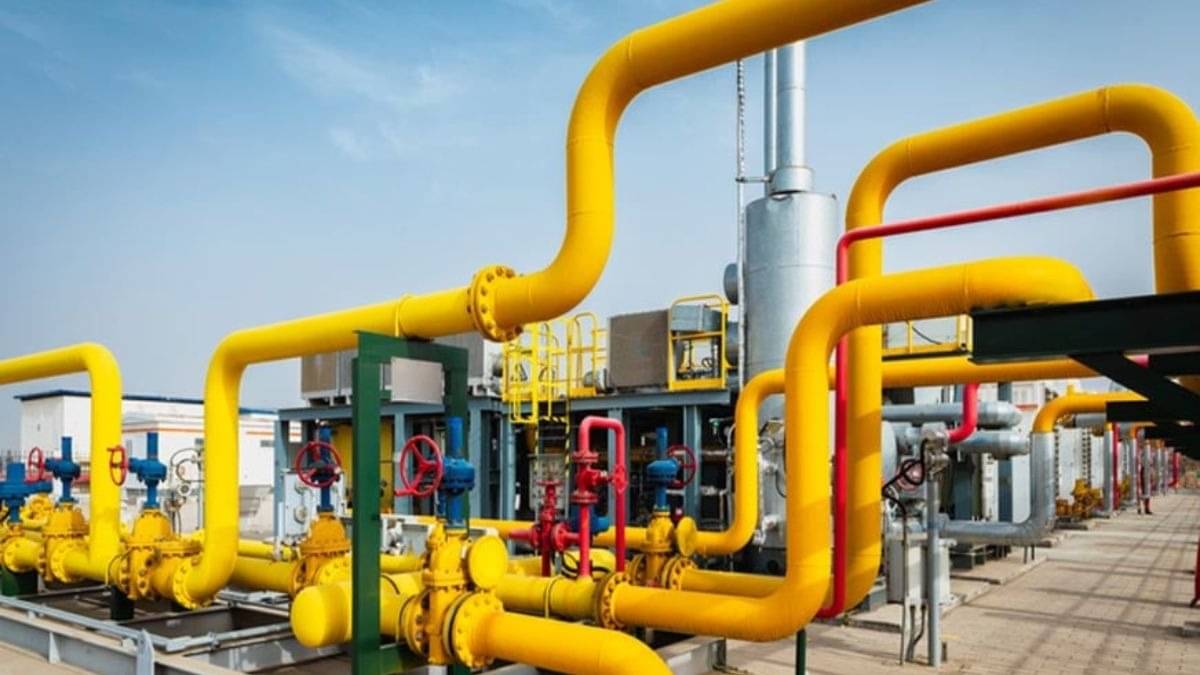India’s City Gas Distribution (CGD) network has now expanded to 307 Geographical Areas (GAs), reaching close to 100 per cent of the country’s landmass, excluding islands, and covering nearly 784 districts across 34 states and Union Territories, according to the Petroleum and Natural Gas Regulatory Board (PNGRB).
The expansion of piped natural gas (PNG) connections and compressed natural gas (CNG) stations is central to India’s clean energy drive, aligned with the government’s goal of increasing natural gas usage in the energy mix.
To support this growth, the Centre has introduced several measures, including allocation of administered price domestic gas, relaxed supply mechanisms, and mandatory PNG provisions in government and defence housing. CGD projects have also been given “public utility” status, with agencies like CPWD and NBCC instructed to integrate PNG facilities in new developments.
PNGRB has set ambitious 2034 targets—12.63 crore PNG household connections, 18,336 CNG stations, and about 5.46 lakh km of pipeline infrastructure. Meeting these requires greater collaboration between states and distribution companies.
Also Read: India’s CNG Boom Begins: Crisil Predicts Massive Surge as 18,000 Stations Planned | Republic World
In recent years, PNGRB leadership has engaged with Chief Ministers and senior officials across states such as Maharashtra, Assam, Andhra Pradesh, Bihar, Madhya Pradesh, Rajasthan, Tamil Nadu, and the Andaman & Nicobar Islands. Discussions have focused on easing approvals, formulating state CGD policies, and rationalizing value-added tax (VAT) on natural gas.
The Board noted that VAT disparities—ranging from 5% in some states to over 20% in others—have created pricing gaps, discouraging investment and burdening consumers. Currently, domestic PNG prices vary from Rs 45/SCM in Tripura to Rs 63/SCM in Uttarakhand, while CNG costs range from Rs 74.60/kg in Puducherry to Rs 103.80/kg in Uttarakhand.
So far, states including Madhya Pradesh, Bihar, Rajasthan, Uttar Pradesh, Karnataka, Tamil Nadu, Assam, and Punjab have notified or initiated CGD policies. Collectively, they account for over half of India’s population and nearly 60% of its households. PNGRB has tasked these states with achieving 7.85 crore PNG connections and more than 10,000 CNG stations by 2034.
The Board underscored that harmonizing VAT is essential for affordability and to accelerate India’s transition to a cleaner, gas-based economy.

